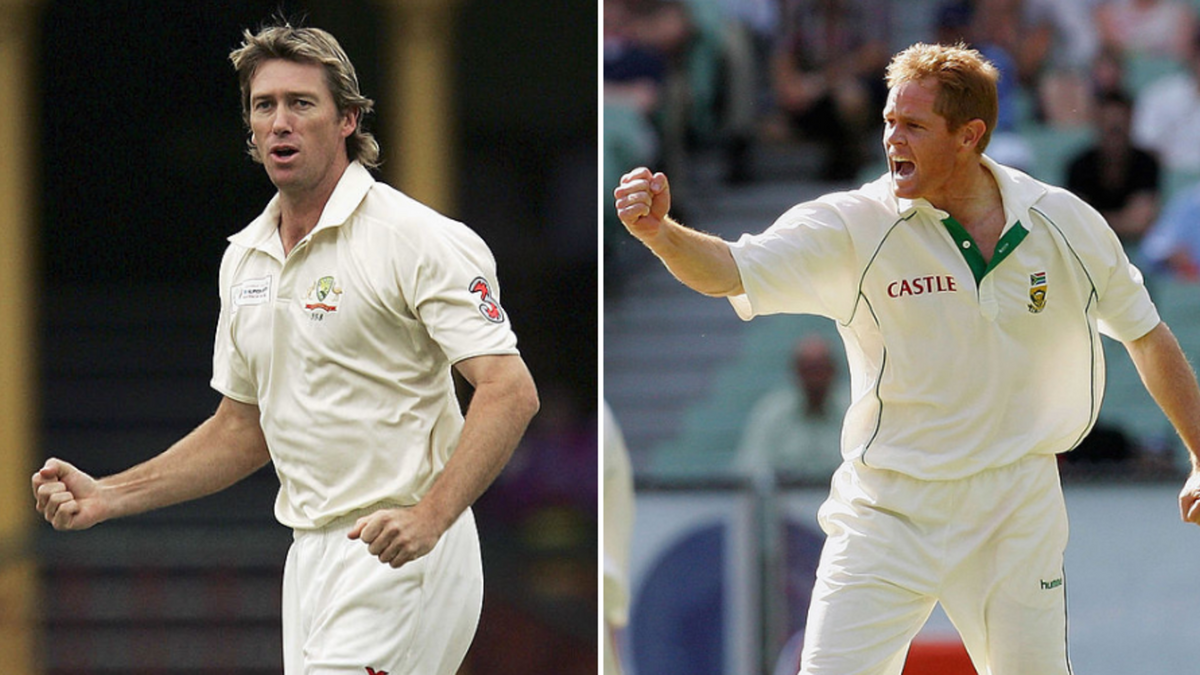
Ishant Sharma became the second quick bowler from India to feature in 100 Tests, and at 32 (fitness permitting), can be expected to play the format for at least a few more years.
In the process, he became the eighth frontline seamer to play his 100th Test in the 21st century. With the increasing workload on bowlers amid crammed international fixtures, it’s a testament to his fitness that he’s managed to achieve the feat. Two out of the other seven bowlers, James Anderson and Stuart Broad, are active cricketers, and the only ones from the group to have played over 140 Tests.
Here’s a quick look at the numbers of the seven quick bowlers after their 100th Test, ranked by how they fared in the last legs of their careers.
Numbers indicate statistics after 100th Test (updated till February 23, 2021)
James Anderson
Tests 59, Wickets 227 @ 20.98, 15 five-fors, BBI: 7-42
Anderson seems to have only become better with age, and even at 38, seems to be fit enough to bowl long spells in Test cricket. Since his 100th Test in 2015, Anderson has picked up his wickets at under 21, and has taken a five-for against every team he’s played against, except New Zealand. It’s hardly a surprise that he has taken the most Test wickets by a quick bowler after turning 30 (343).
Glenn McGrath
24 Tests, 112 wickets @ 21.29, 5 five-fors, BBI: 8-24
The Australia great was just as prolific in the twilight of his career as he was in his pomp. His bowling average in the period (2004-2007) almost exactly matches his career average, and he claimed five five-wicket hauls, including an 8-24 against Pakistan at Perth in 2004. Surprisingly, he was more impactful away from home in that period, where he picked up 40 wickets in 7 games at an astonishing average of 19.67.
Stuart Broad
Tests 36, wickets 156 @ 25.45, 3 five-fors, BBI: 6-31
Much like Anderson, his long-time bowling partner, Broad has aged like a fine wine, and continues to be one of England’s frontline quicks in Test cricket, despite intense competition for places. Since his 100th Test, Broad has taken over 100 wickets in home Tests alone. Away from home, though, his average climbs up a tad to 29.57.
Shaun Pollock
8 Tests, 30 wickets @ 21.30, BBI: 4-35
Pollock’s nagging accuracy saw him continue with the same effectiveness into his 30s, as he had when he first entered the international arena. After his 100th Test in 2006, Pollock took 30 wickets at 21.30, lower than his career average, and continued to be at the top of his game for quite a while. With younger options emerging, Pollock’s appearances reduced in the second half of the decade, but he still ended up as South Africa’s leading wicket-taker before retirement.
Chaminda Vaas
11 Tests, 30 wickets @ 31.53, 1 five-for, BBI: 5-61
The pace dropped in the twilight of his career, but the crafty cutters and subtle movement worked just as well for Vaas. He played his 100th Test in December 2007, and had already crossed the 300-wicket mark by then, going on to add 30 more to his tally even as his limited-overs career tailed off. While his home average stood at 41.58, he was more successful away from home in five away Tests, picking up 18 wickets at 24.83, including 12 wickets in two Tests against West Indies in 2008.
Wasim Akram
Tests 4, wickets 5 @ 60.20, BBI: 3-148
Pakistan’s most successful international bowler, Akram was 35 when he played his last Test. Following match-fixing allegations, Akram had hinted at retiring late in 2000, the year he played his 100th Test, but added four more Test caps before he finally bid adieu two years later. In those four games, Akram looked far from his best, picking up no more than two wickets in each innings.
Makhaya Ntini
1 Test, 0 wickets
The ever-smiling speedster from South Africa was dropped soon after playing his 100th Test, and featured in just one more game, against England in the Boxing Day Test of 2009. In that game, he sent down 29 overs without any success. It was a low-key end to a fantastic career that spread over 11 years and saw him claim 390 wickets at 28.82.








